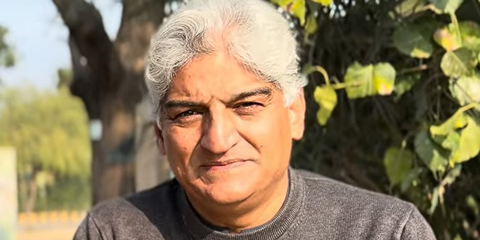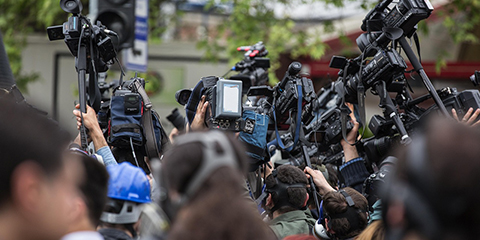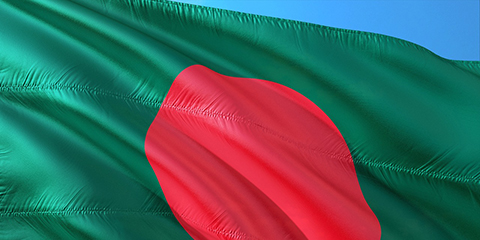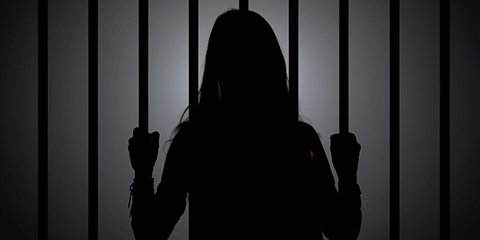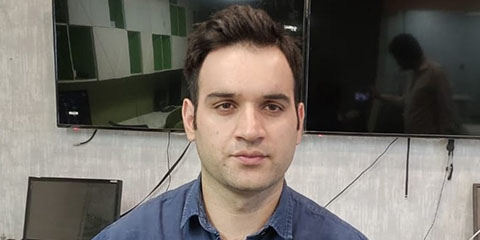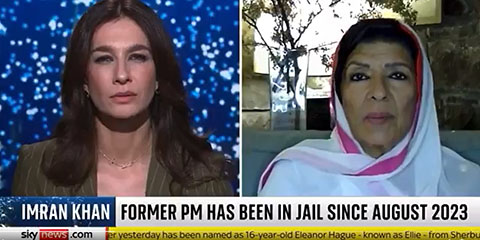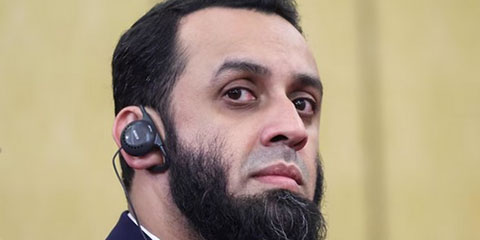Pakistan's press freedom in a sorry mess: 10 incidents exposing the crisis
JournalismPakistan.com | Published last year | JP Special Report
Join our WhatsApp channel
ISLAMABAD—Pakistan's press freedom is under relentless assault, with recent incidents painting a grim picture of the challenges journalists face. From harassment of prominent female anchors to violent attacks on media personnel, these violations are a stark reminder that journalism is being systematically targeted. While journalist unions such as the Pakistan Federal Union of Journalists (PFUJ) continue to condemn these actions, the absence of a concrete plan to address the growing threats is alarming. The stakes have never been higher for the journalists.
Harassment of Female Journalists: A Toxic Environment
In one of the most high-profile cases, prominent female anchor Shifa Yousafzai found herself battling false rumors about her personal life. The spread of these rumors not only highlights the harassment women in media face but also reflects the toxic environment that exists for female professionals. Yousafzai took a brave stand, refuting the baseless claims and calling attention to the broader issue of harassment faced by women in a male-dominated industry. Her plea for social media platforms to take responsibility and remove false content echoed across the country, calling for a collective stand against this kind of online targeting.
Similarly, Asma Chaudhry, another prominent female journalist, faced a barrage of personal attacks through rumors aimed at discrediting her. These instances show that harassment against female journalists is not just about undermining their professional roles but is also a reflection of the deep-seated societal prejudices that still exist.
Escalating Violence Against Media Personnel
Beyond online harassment, violence against journalists has reached critical levels. Recently, a group of religious party workers in Karachi launched a violent attack on media personnel, leaving several injured and damaging media equipment, including ARY News’ satellite van. This attack wasn't an isolated incident but part of a larger trend where journalists are facing increased physical risks while reporting on sensitive topics. The rising hostility towards journalists is further evident in the threats made against investigative journalist Azaz Syed by religious party leaders. The public condemnation from the press community has been loud, but concrete actions to protect these journalists are still lacking.
Political Turmoil: A Dangerous Environment for Journalists
Political unrest has also added to the risks media professionals face. During a recent PTI protest in Islamabad, several journalists were caught in the crossfire of violence, with Faizan Hussain being unjustly detained. Media personnel are increasingly becoming collateral damage in the country's political chaos, and the silence from authorities on these violations is deafening.
Inconsistent Regulations and Governance Issues
Adding another layer to this situation is the inconsistency in social media regulations. Despite a ban on X (formerly Twitter) for the public, government officials, including Prime Minister Shehbaz Sharif, continue to use the platform for official communication, such as expressing condolences after the recent terrorist attack in Karachi. This selective enforcement not only mocks the ban but also raises questions about transparency and fairness in governance.
Regulatory Bodies: Instruments of Intimidation
In the midst of these challenges, the Pakistan Electronic Media Regulatory Authority (PEMRA) issued notices to several television channels for their coverage of the recent terrorist attack in Karachi, which PFUJ condemned as an effort to intimidate and control the media. PEMRA's actions are yet another example of how regulatory bodies are being weaponized to stifle free and fair reporting.
Targeting Senior Journalists: A Disturbing Trend
The situation becomes even more severe with the targeting of senior journalists in Khyber Pakhtunkhwa. Farooq Mehsud, Ishtiaq Mehsud, and Muhammad Aslam have been wrongfully added to NACTA's Schedule IV list, a move that equates their journalistic work with terrorism. At the same time, journalist Ehsan Naseem was arrested and jailed after conducting an interview with Manzoor Pashteen, an activist critical of state policies. These actions reflect a disturbing trend where laws meant to safeguard the nation are being twisted to suppress journalism.
The Impact of Media Closures on Employment
In a tragic blow to the industry, the abrupt closure of Daily 92's Islamabad office has left scores of journalists unemployed, adding to the growing insecurity within the profession. The media industry is grappling with not only external threats but also internal instability that makes it harder for journalists to continue their vital work.
The Call for Action: Beyond Condemnation
While unions like PFUJ consistently speak out against these violations, there is an undeniable void in terms of actionable solutions. Without a concrete plan to safeguard press freedom, the profession and those committed to truthful reporting will continue to be at risk. Pakistan's journalists are the backbone of its democracy, and the continued attacks against them are an attack on society's right to be informed.
The time for symbolic condemnation has passed; the country's media requires meaningful protection and reform.




